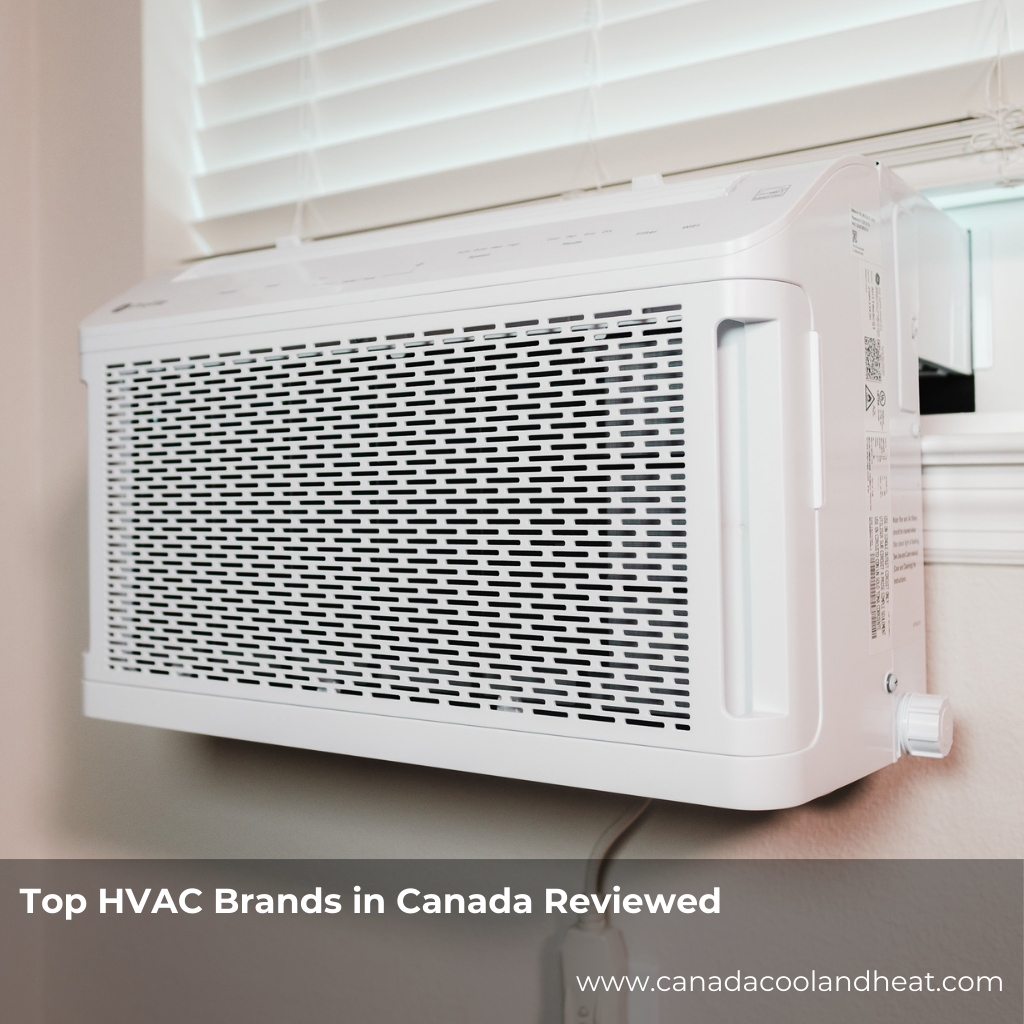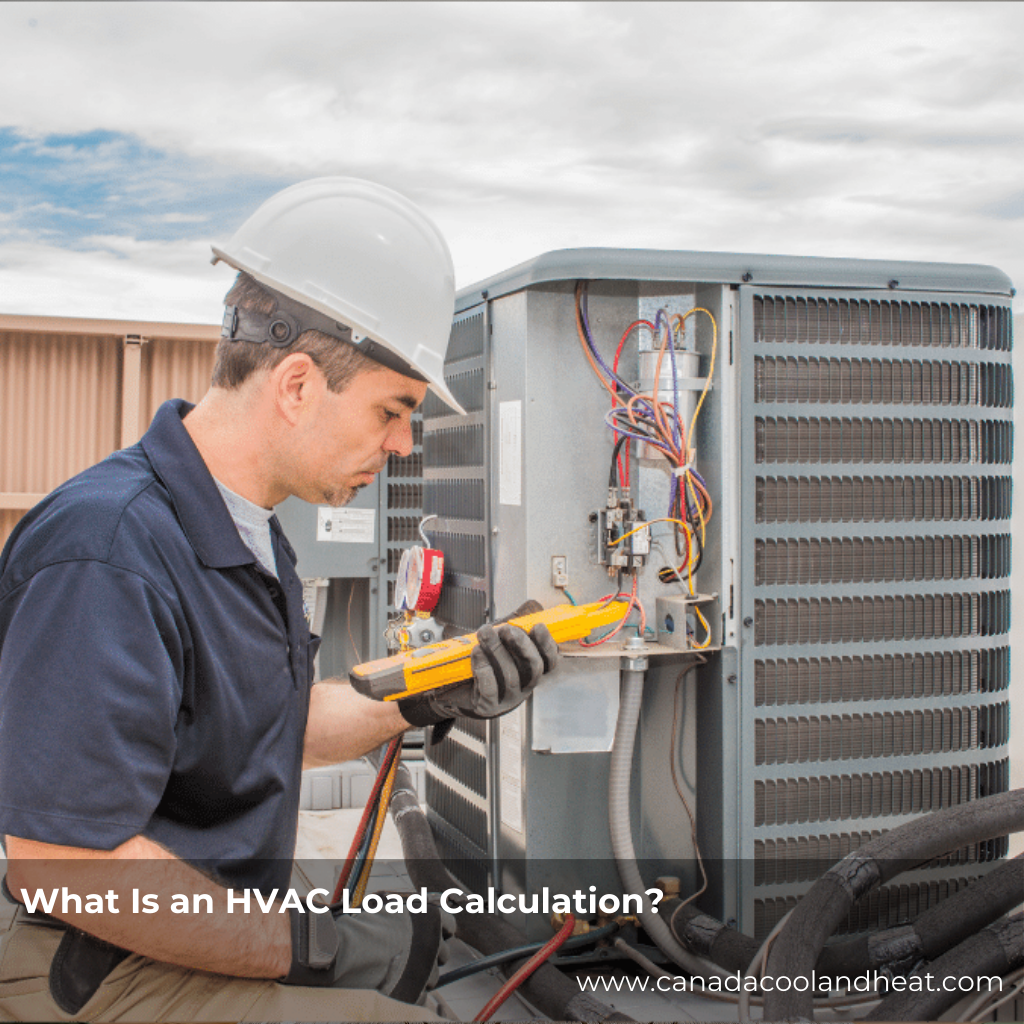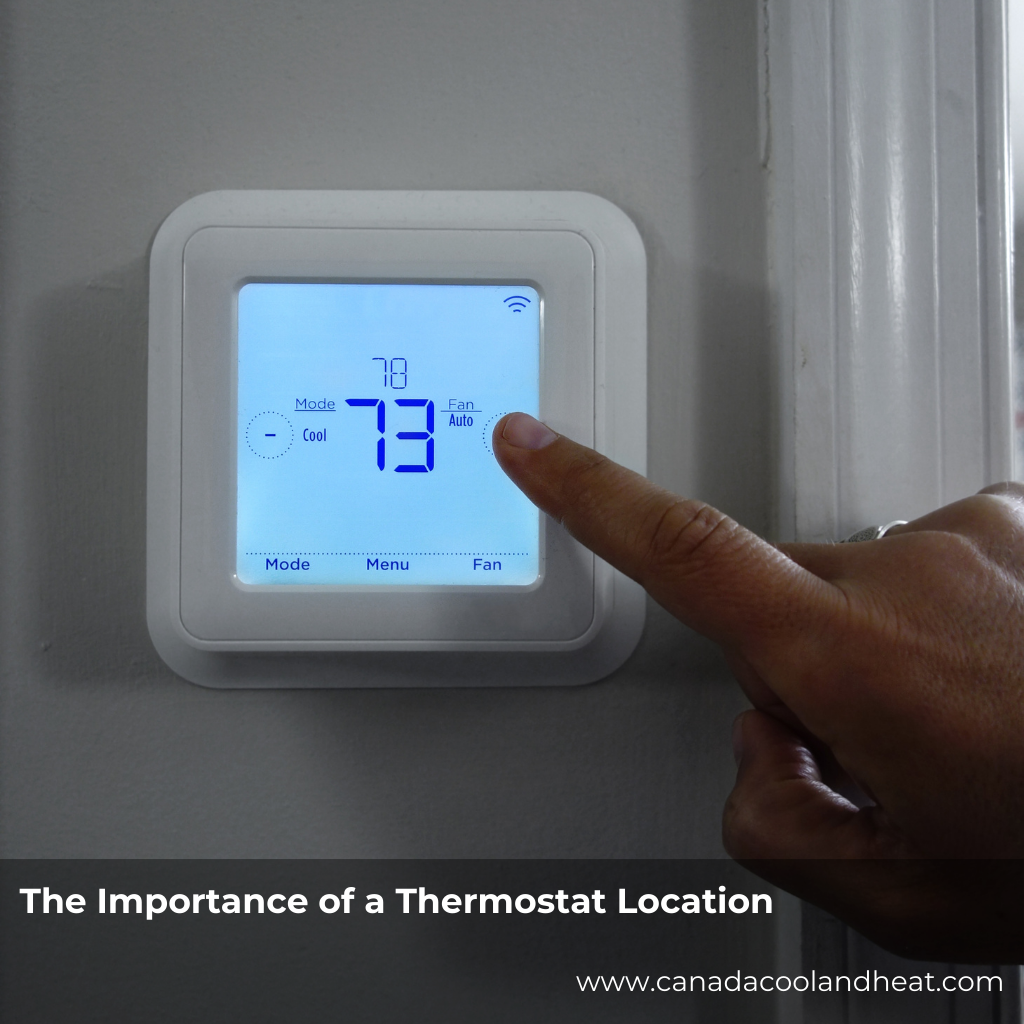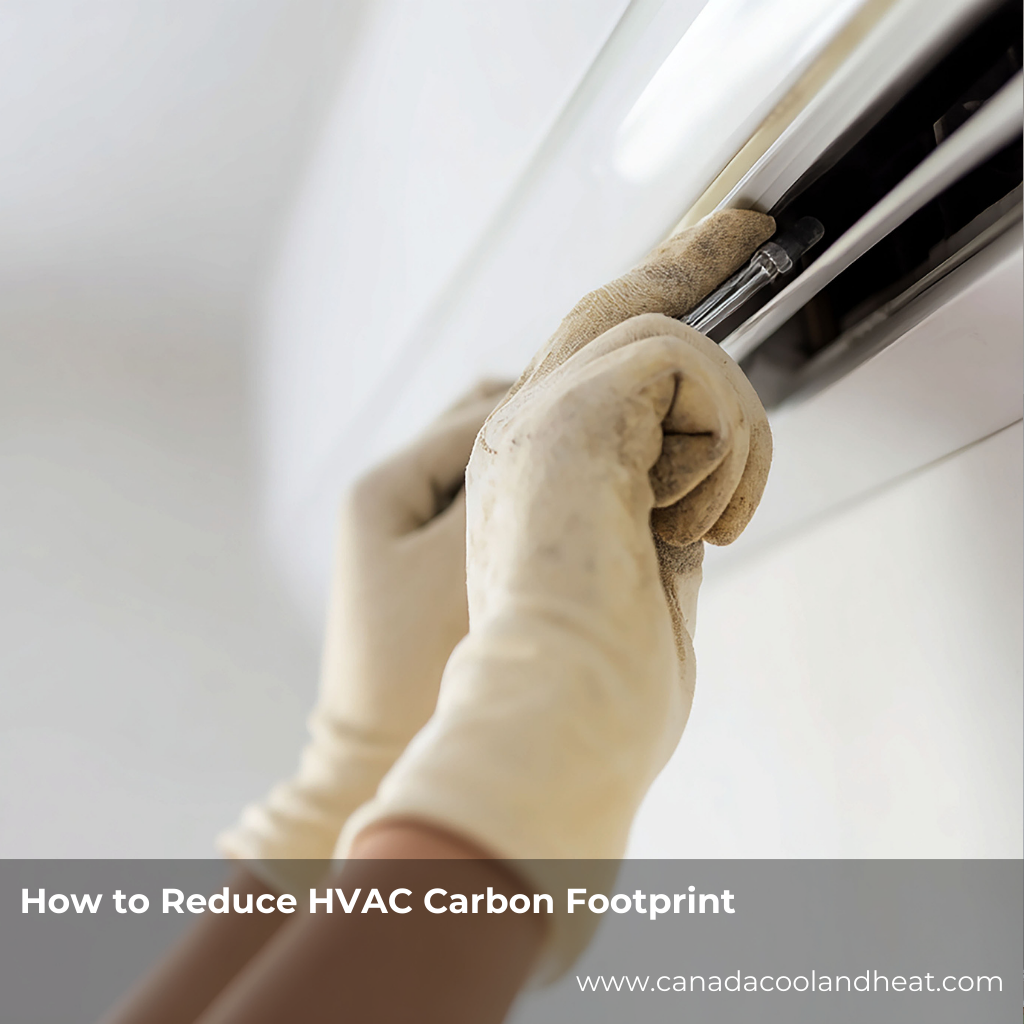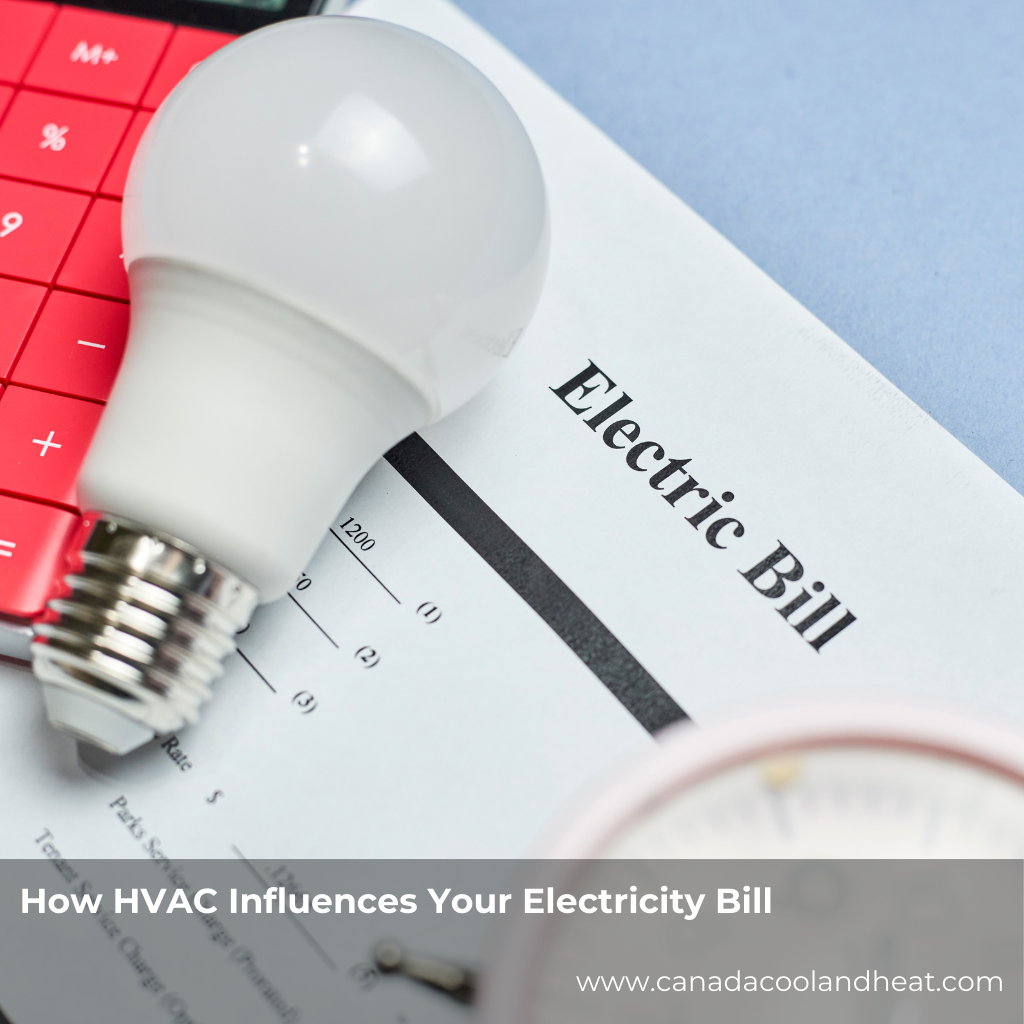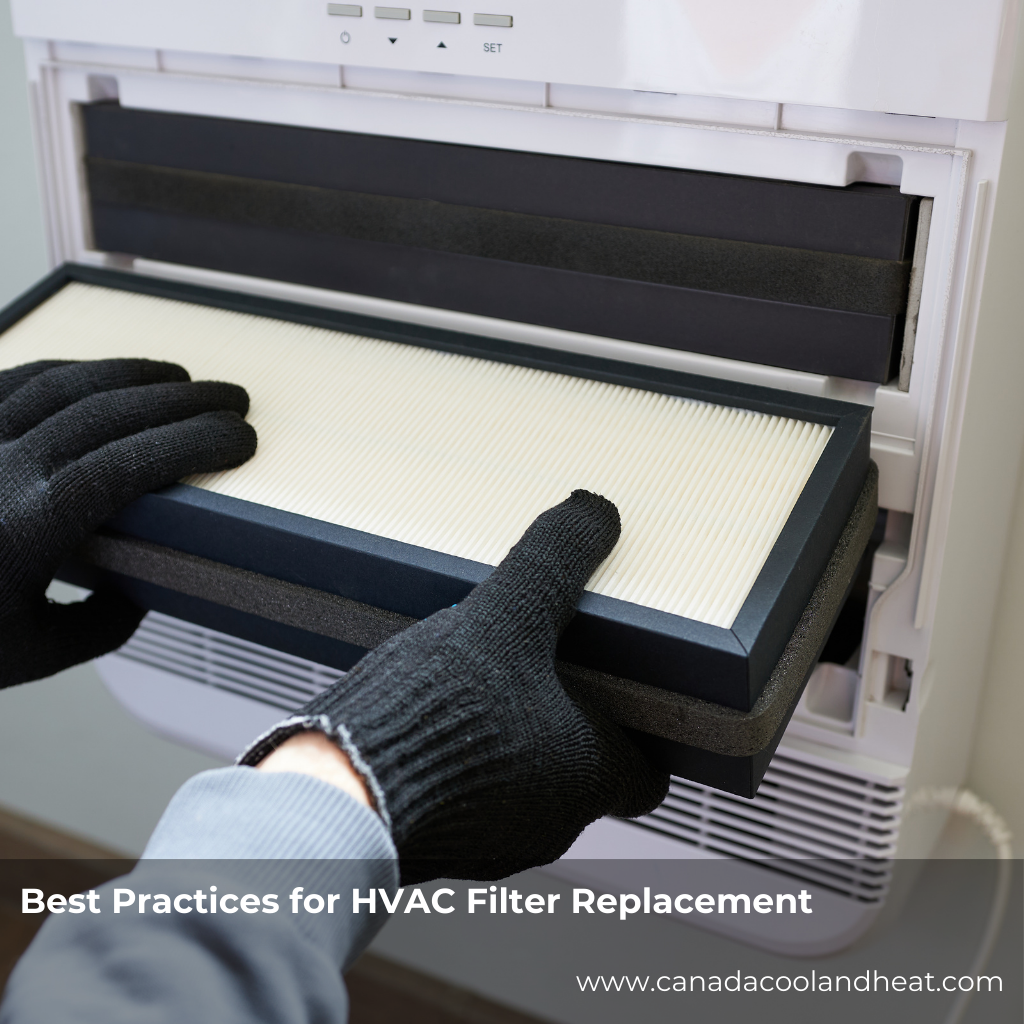Why Ventilation Matters in Cooking
Cooking releases heat, grease particles, smoke, and even harmful gases like carbon monoxide. Without the right ventilation, these contaminants can spread through your home and get trapped in your HVAC system.
-
Heat & Moisture: Adds load to HVAC systems.
-
Grease Particles: Stick to ducts and filters, reducing efficiency.
-
Odors: Linger in fabrics, air vents, and open spaces.
-
Air Quality: Poor ventilation can worsen allergies and asthma.
A properly designed vent hood helps capture and remove these by-products at the source—keeping both your air cleaner and your HVAC system balanced.
How Range Hoods Affect HVAC Balance
Many homeowners are surprised to learn that vent hoods don’t just “vent” air—they also interact with the home’s overall HVAC balance.
-
Air Pressure Issues: Strong vent hoods pull indoor air out. If not balanced with make-up air, they can create negative pressure that sucks in cold drafts or pulls exhaust back into the house.
-
Energy Efficiency: Oversized or constantly running hoods can waste heated or cooled air, making HVAC systems work harder.
-
Indoor Comfort: Poorly vented kitchens lead to hot, stuffy conditions that HVAC can’t easily fix.
Think of your HVAC as a team—if the vent hood plays too aggressively, the rest of the system has to compensate.
Sizing Guidelines for Kitchen Vent Hoods
Choosing the right vent hood size is critical for balance. Here are the main factors to consider:
1. Stove Size & Power
-
Electric cooktops: 100 CFM per 10 inches of stove width.
-
Gas cooktops: Add 100 CFM for every 10,000 BTUs.
2. Hood Coverage
The hood should extend at least 3 inches past each side of the cooktop for maximum capture.
3. Duct Length & Design
Long ducts or multiple bends reduce airflow. Use straight, short ducts with smooth interiors for best results.
4. Make-Up Air Requirements
In Canada, hoods over 400 CFM may require a make-up air system by code. This replaces the air being pulled out to maintain HVAC balance.
Top HVAC & Vent Hood Brands in Canada
If you’re shopping for reliability and performance, these brands are well-regarded in Canadian kitchens:
-
Broan-NuTone: Known for affordable, high-performance vent hoods with Canadian building codes in mind.
-
Zephyr: Sleek, modern hoods with quiet motors and efficient airflow.
-
Wolf/Sub-Zero: Premium range hoods designed for high-BTU stoves.
-
Venmar: A Canadian brand recognized for strong ventilation solutions compatible with Canadian climates.
-
GE Appliances: Offers reliable, mid-range vent hood options with smart integration.
Tips for Maintaining HVAC Balance with Vent Hoods
-
Clean Filters Regularly: Grease buildup reduces airflow and stresses HVAC.
-
Inspect Ducts Annually: Blockages create inefficiencies.
-
Use the Right Fan Speed: High speed for frying, low/medium for simmering.
-
Consider Smart Hoods: Some models adjust airflow automatically.
-
Coordinate with HVAC Pros: Especially if installing a high-CFM hood, consult HVAC technicians about make-up air.
Conclusion
Kitchen vent hoods are more than a luxury—they’re a vital piece of your home’s HVAC puzzle. The right hood size, proper ducting, and attention to HVAC balance will keep your home comfortable, safe, and energy efficient.
So, the next time you’re stirring soup or frying fish, remember: your vent hood is working with your HVAC system to keep the air clean and fresh. Choose wisely, size correctly, and maintain regularly for the best results.
FAQs
1. What’s the ideal CFM for a residential kitchen vent hood?
It depends on your cooktop. For electric stoves, about 100 CFM per 10 inches of stove width. For gas, calculate based on BTU output.
2. Do Canadian building codes require make-up air for vent hoods?
Yes. In most provinces, hoods over 400 CFM require a make-up air system to maintain pressure balance.
3. Can a vent hood be too powerful?
Yes. Oversized hoods can waste energy and cause drafts unless balanced with proper make-up air.
4. How often should I clean my vent hood filters?
Metal mesh filters: every 1–3 months. Charcoal filters: replace every 6–12 months.
5. What’s better: ducted or ductless range hoods?
Ducted hoods remove air outside (best for HVAC balance). Ductless hoods recirculate filtered air—easier to install but less effective.
6. Does running a vent hood in winter waste heat?
Somewhat, but a properly balanced system with make-up air minimizes energy loss.
7. Can I install a vent hood myself?
DIY is possible for basic models, but professional installation ensures proper ducting and compliance with Canadian codes.
8. Are quiet vent hoods effective?
Yes. Noise level depends on design and quality, not just airflow power.
9. What’s the lifespan of a kitchen vent hood?
With maintenance, most last 10–15 years.
10. Do vent hoods improve indoor air quality?
Absolutely. By removing smoke, grease, and gases at the source, they help reduce HVAC load and improve health.

